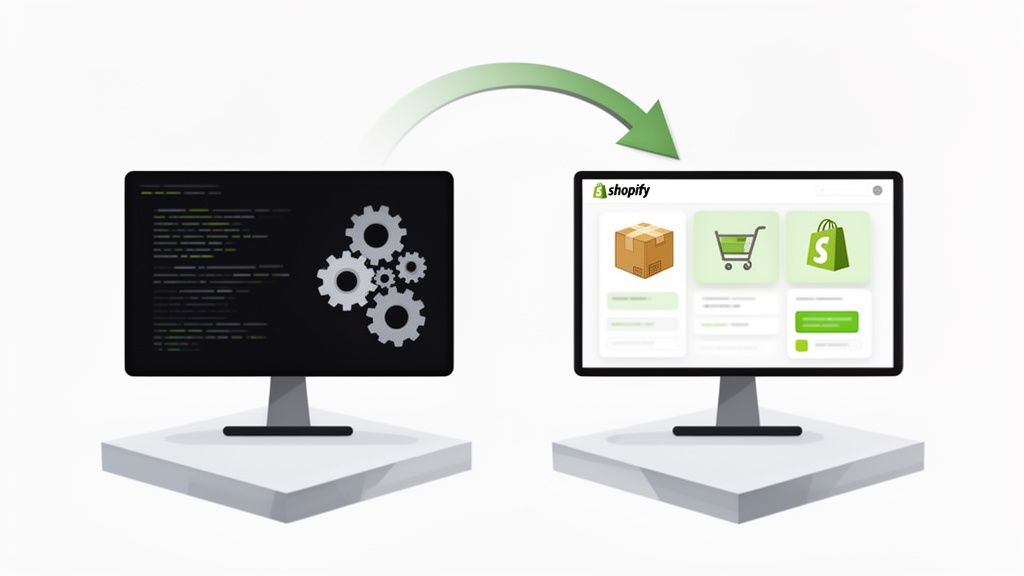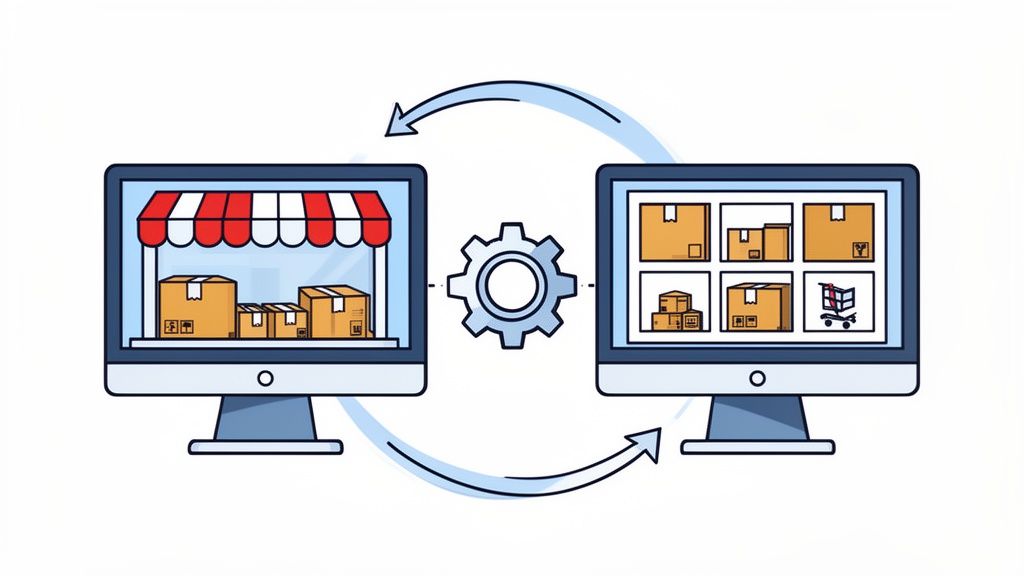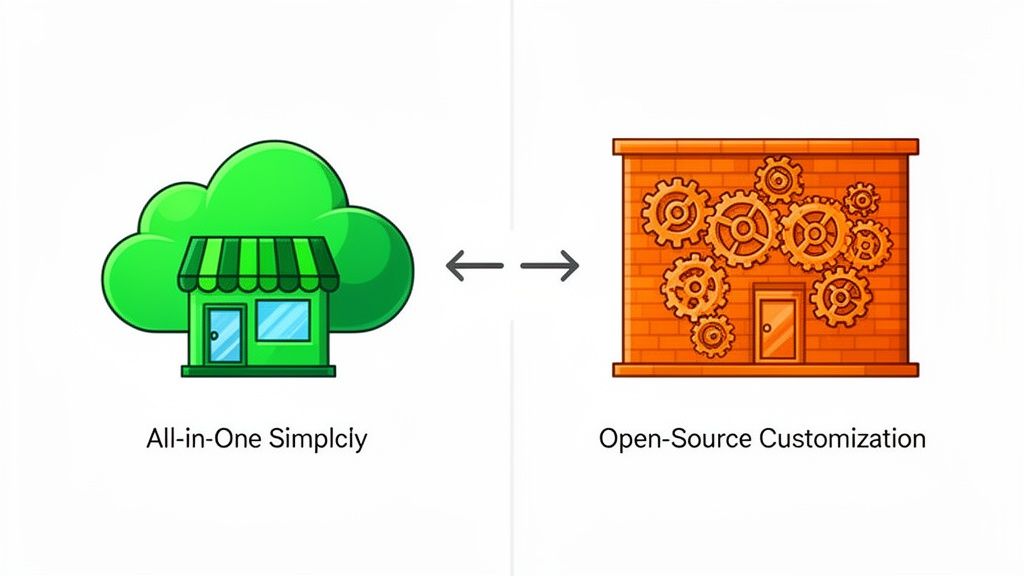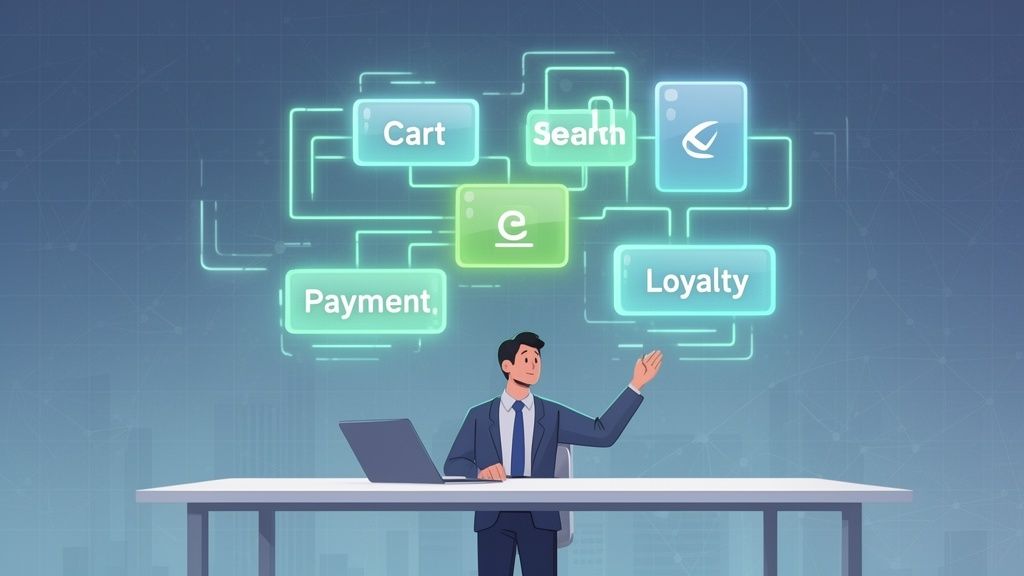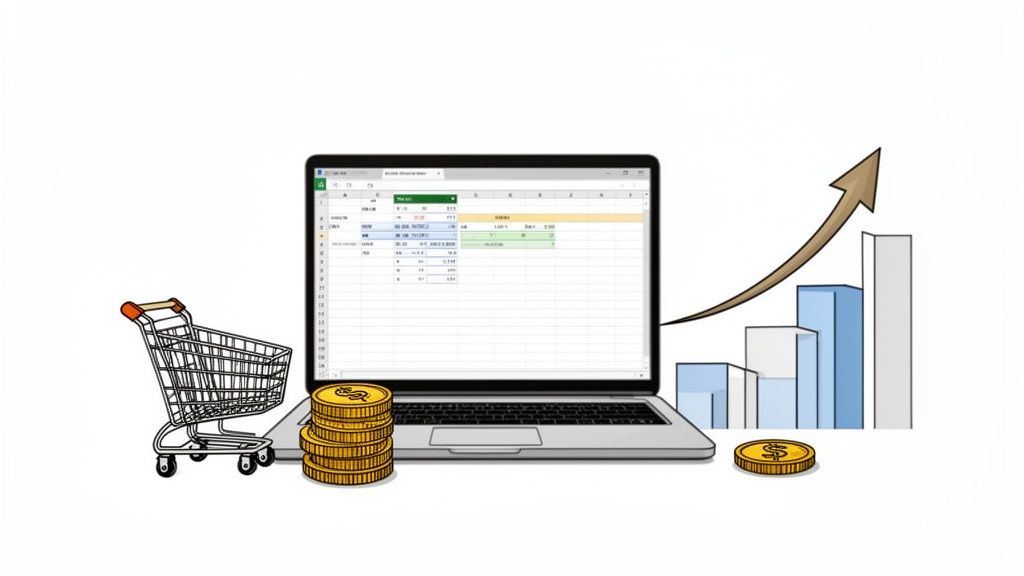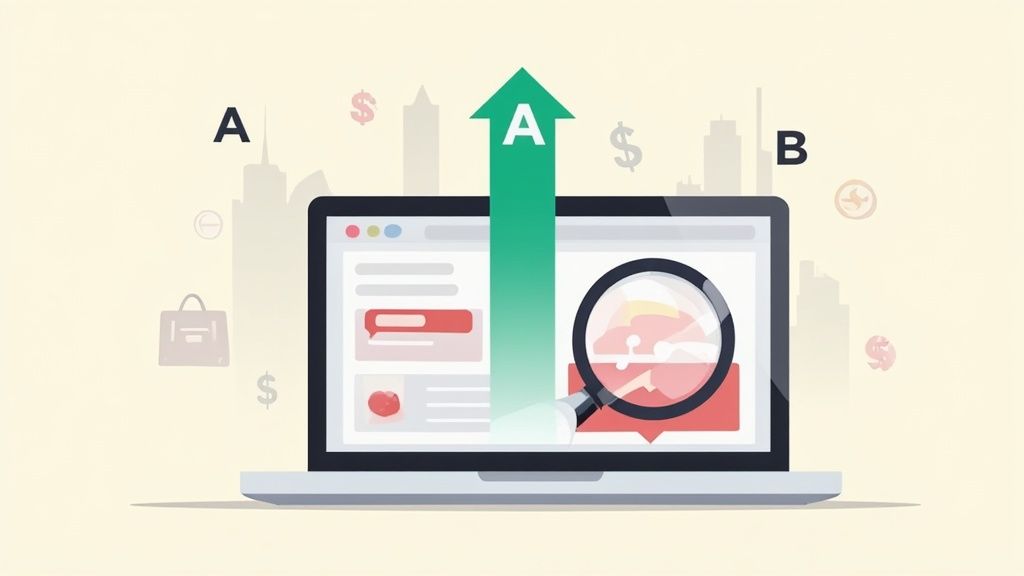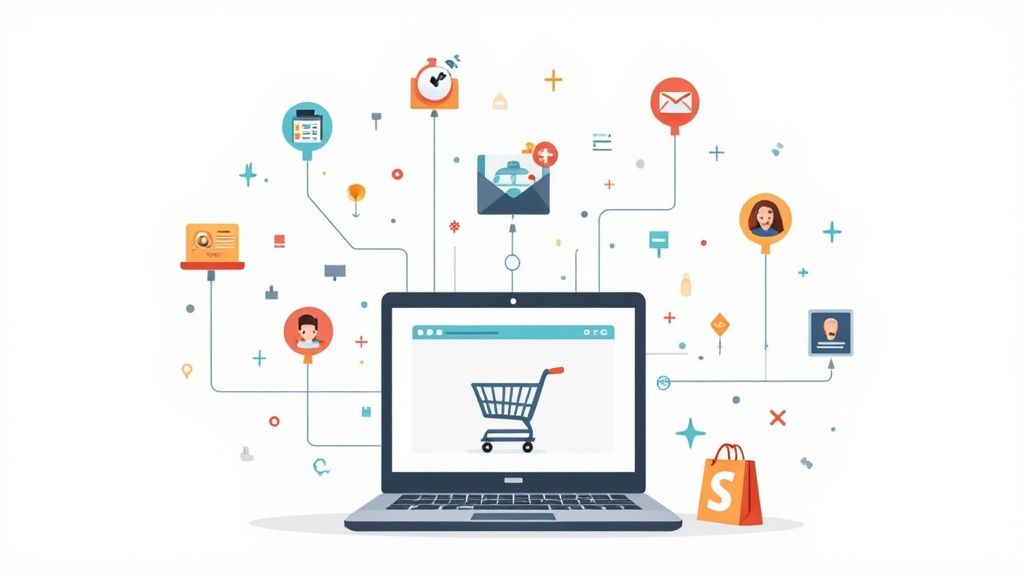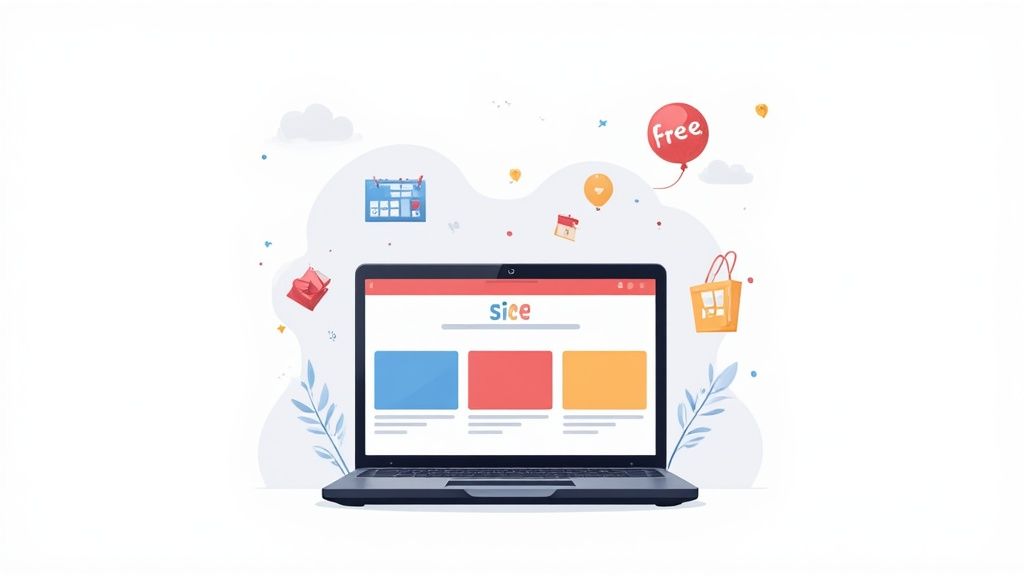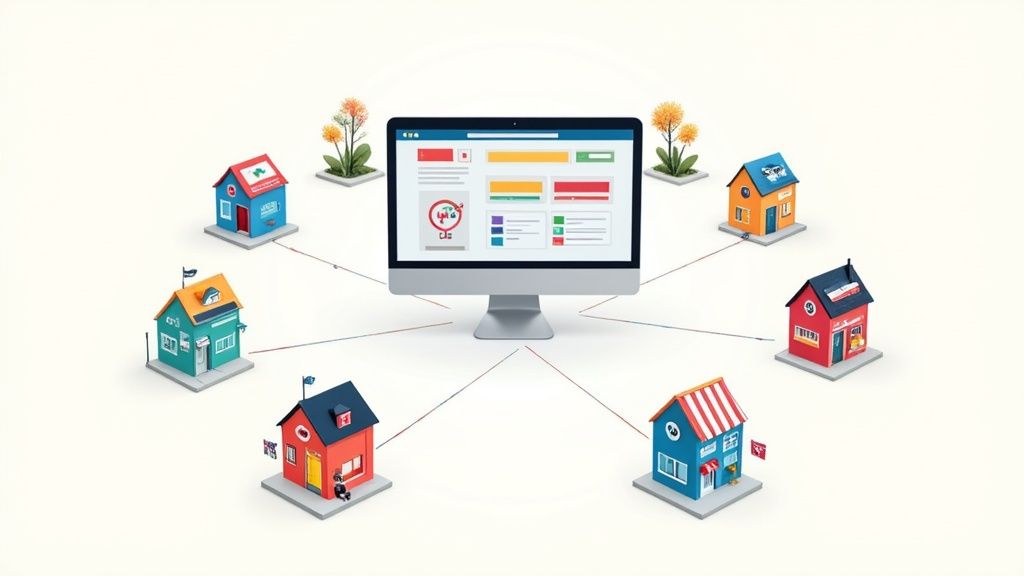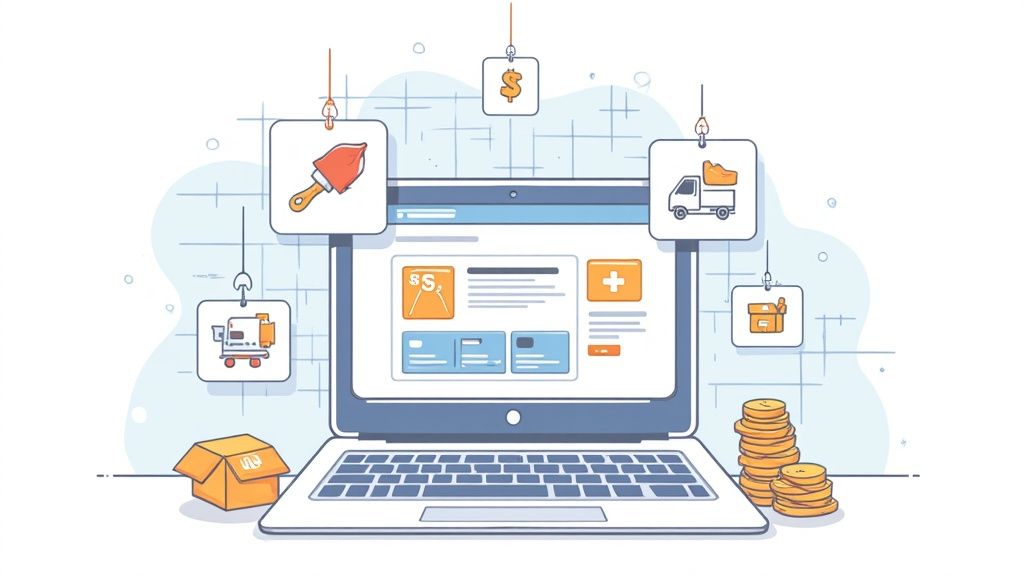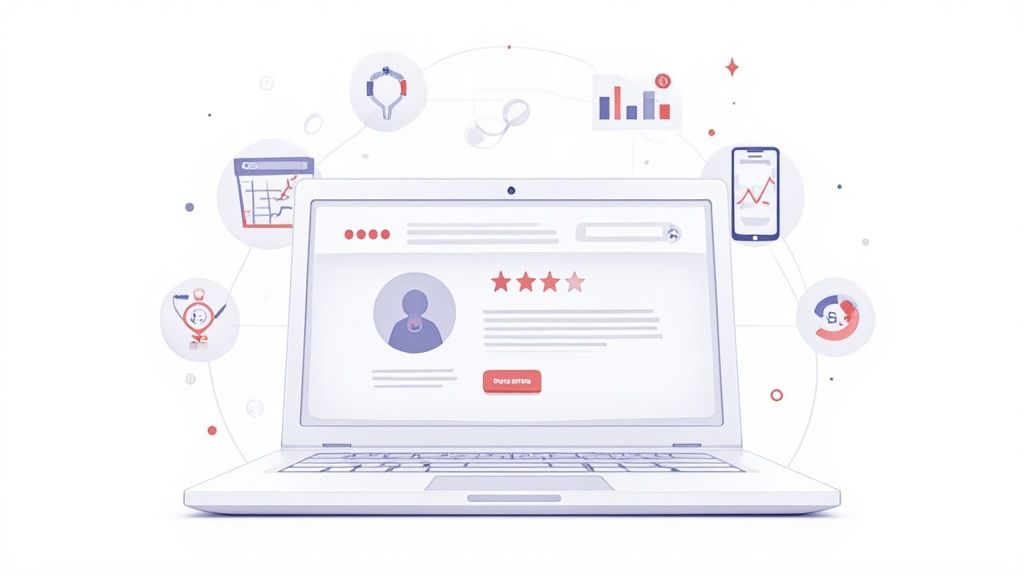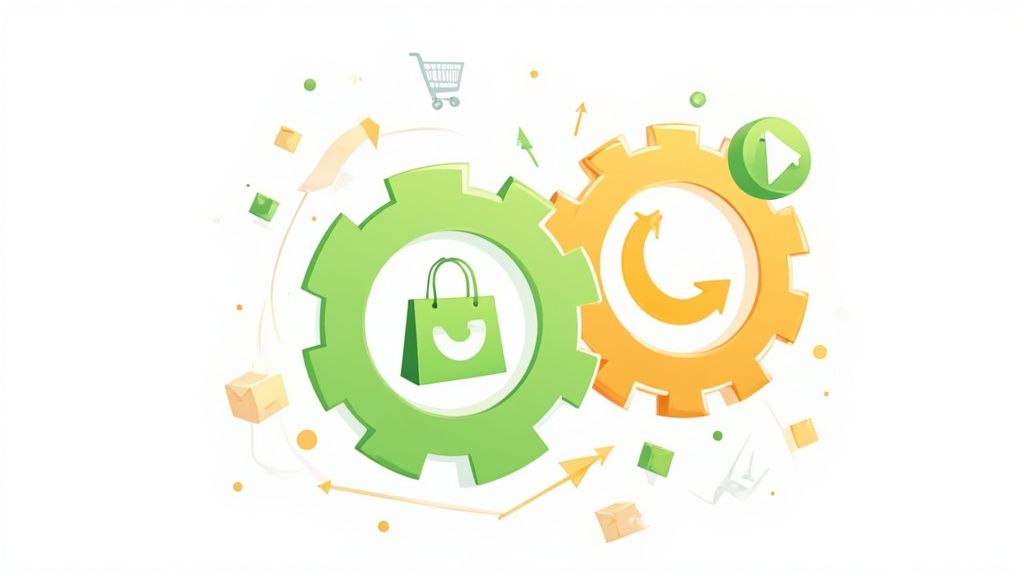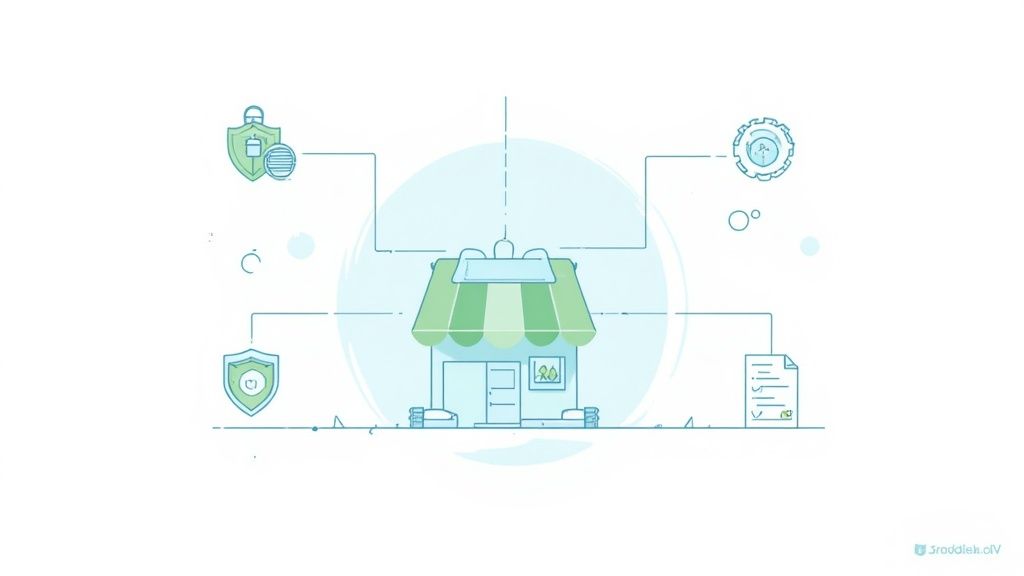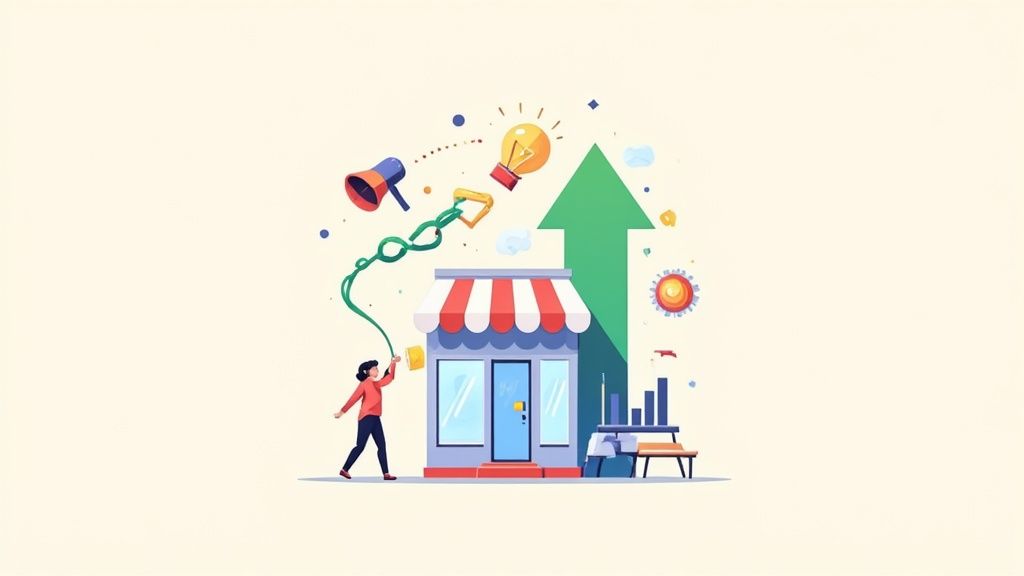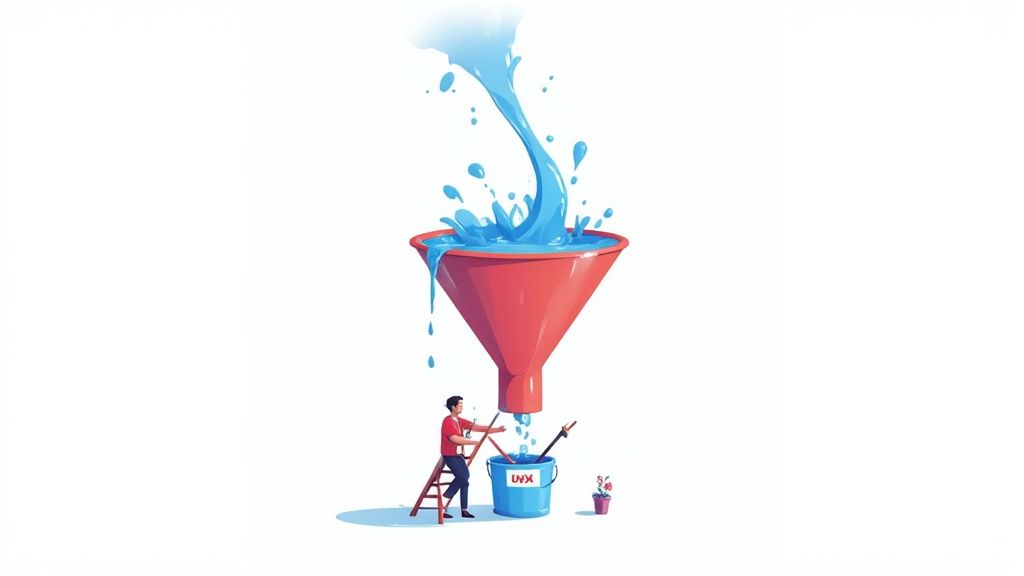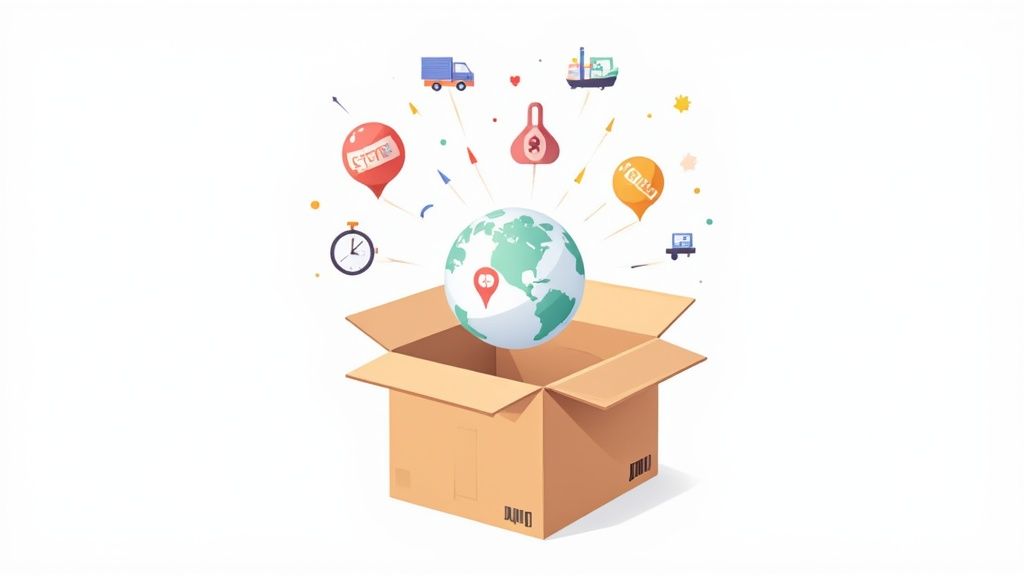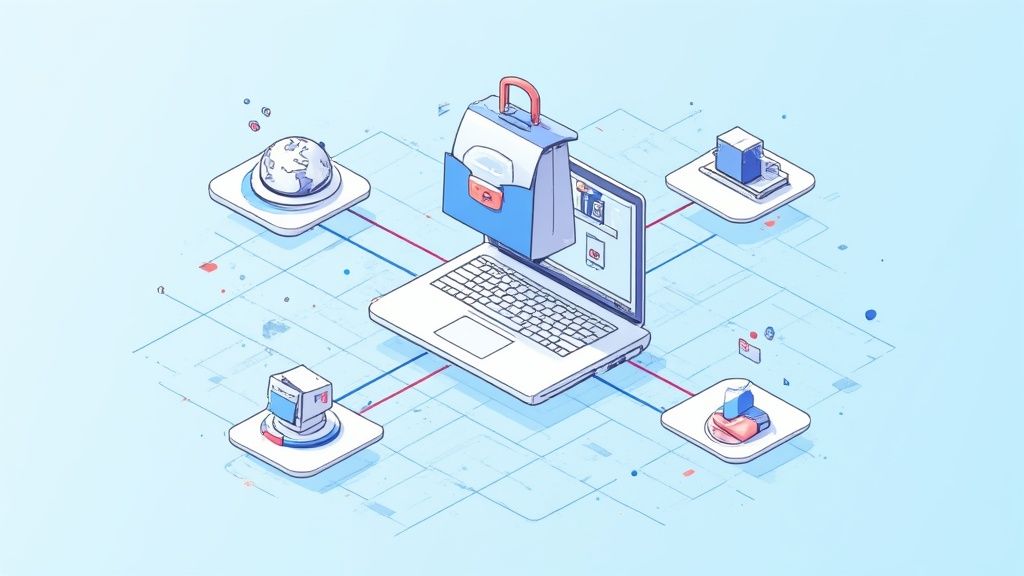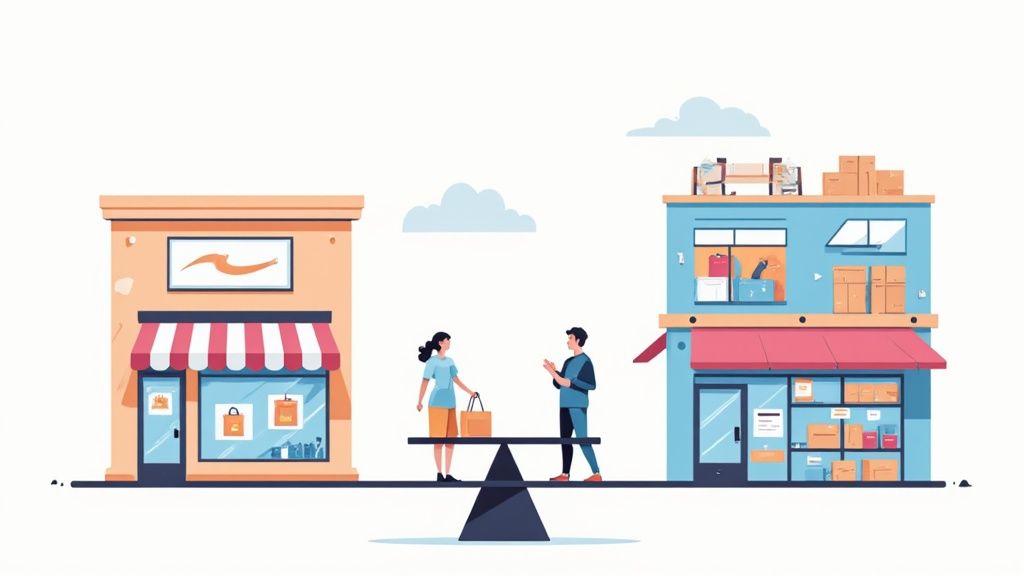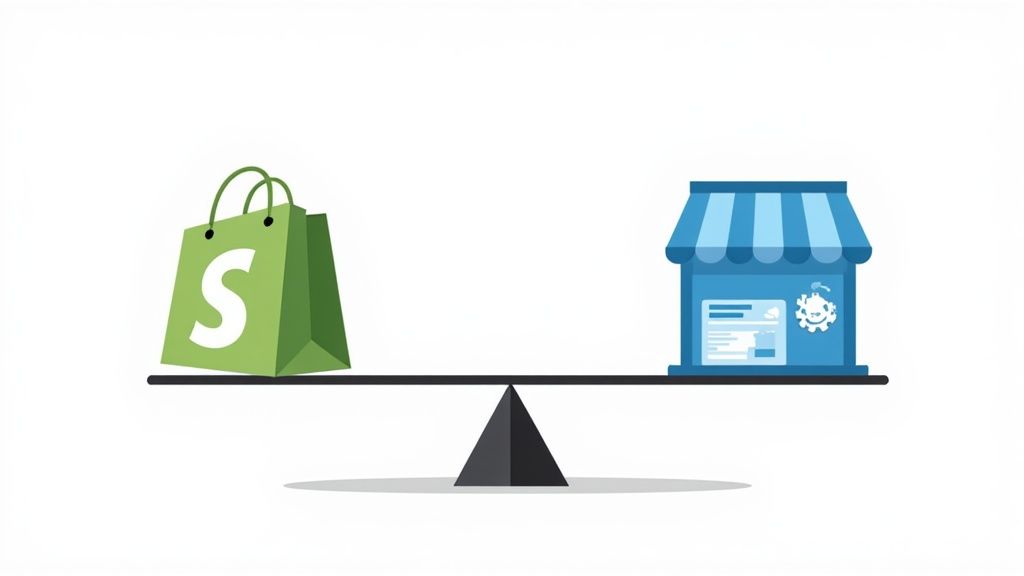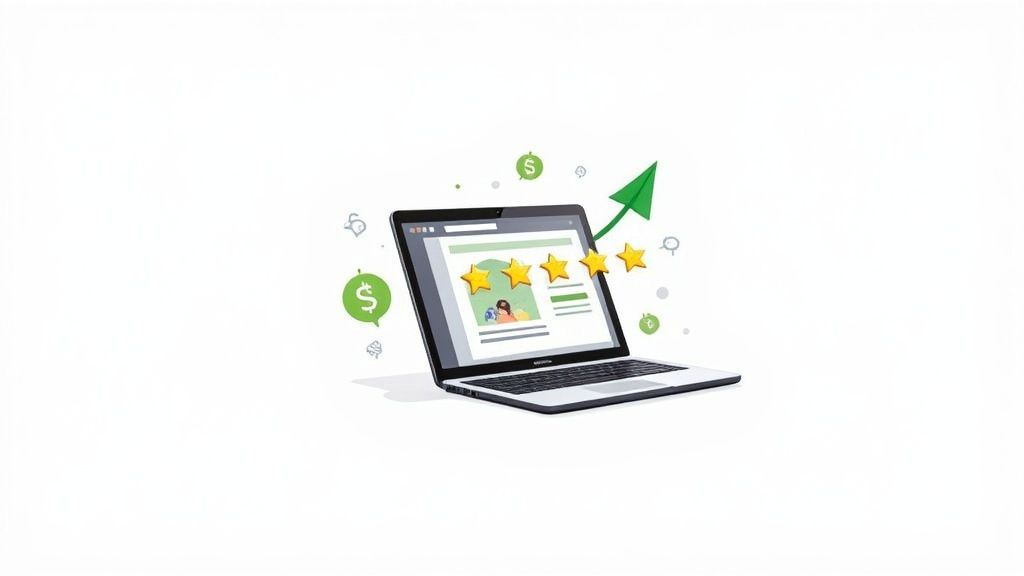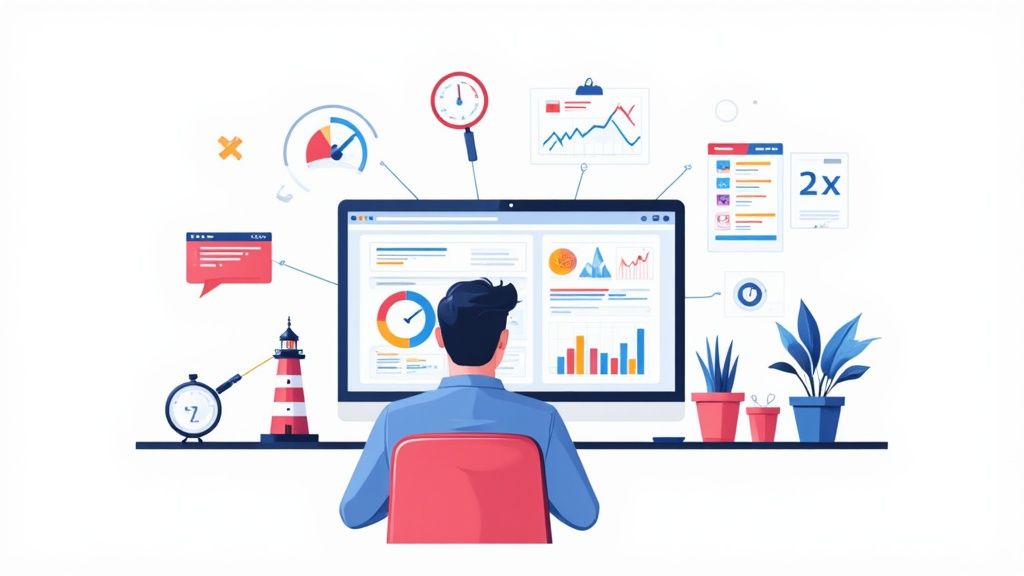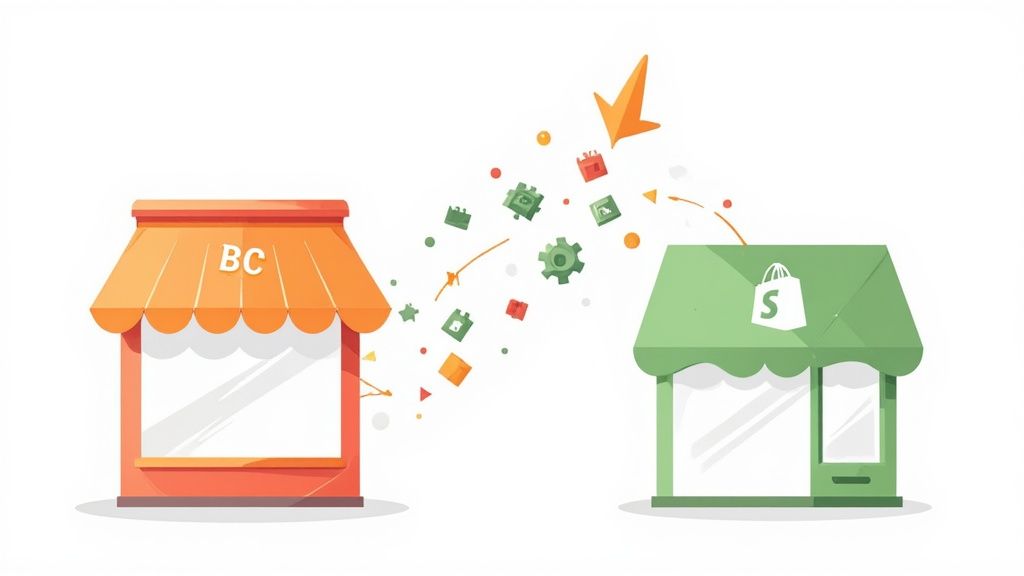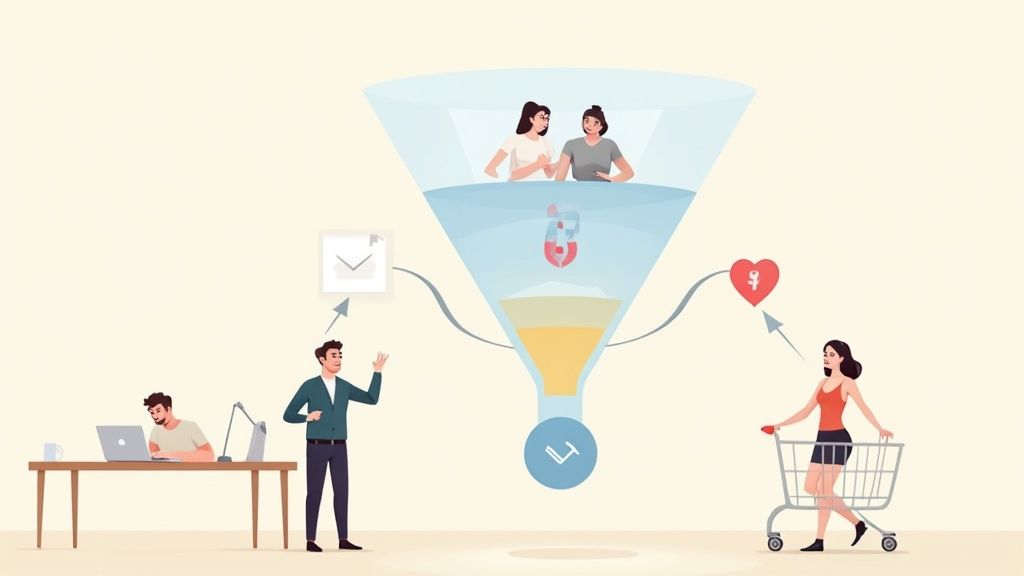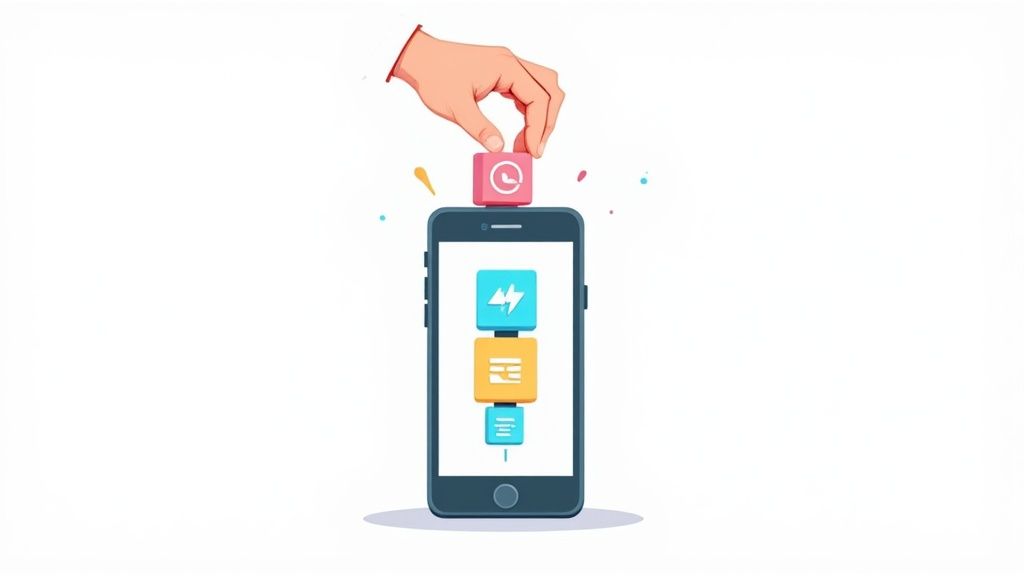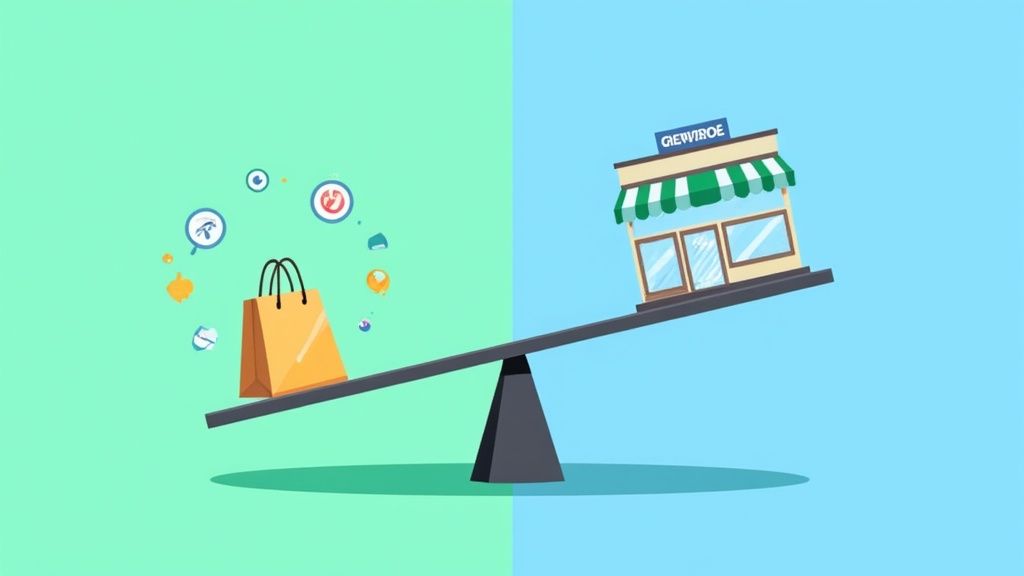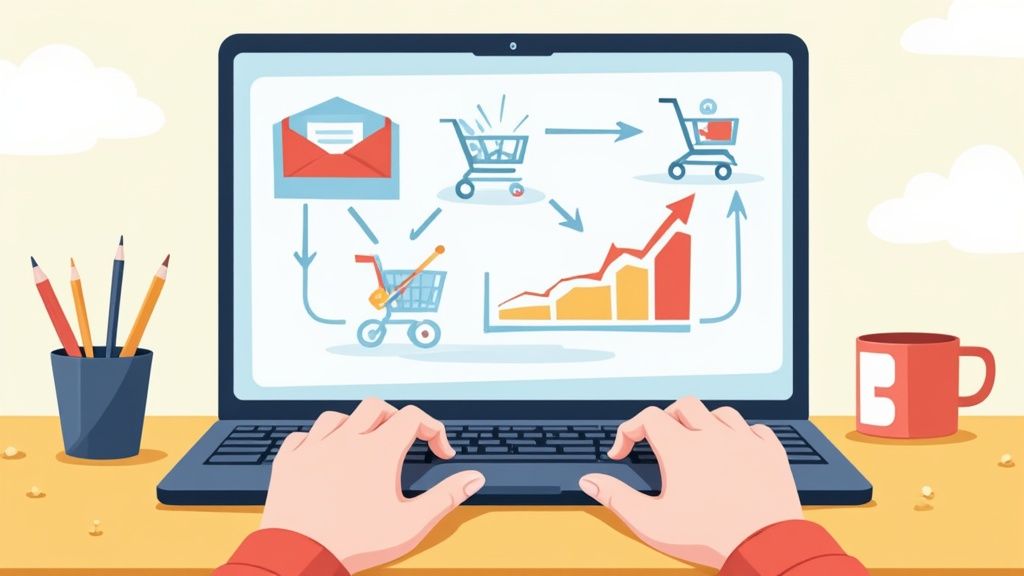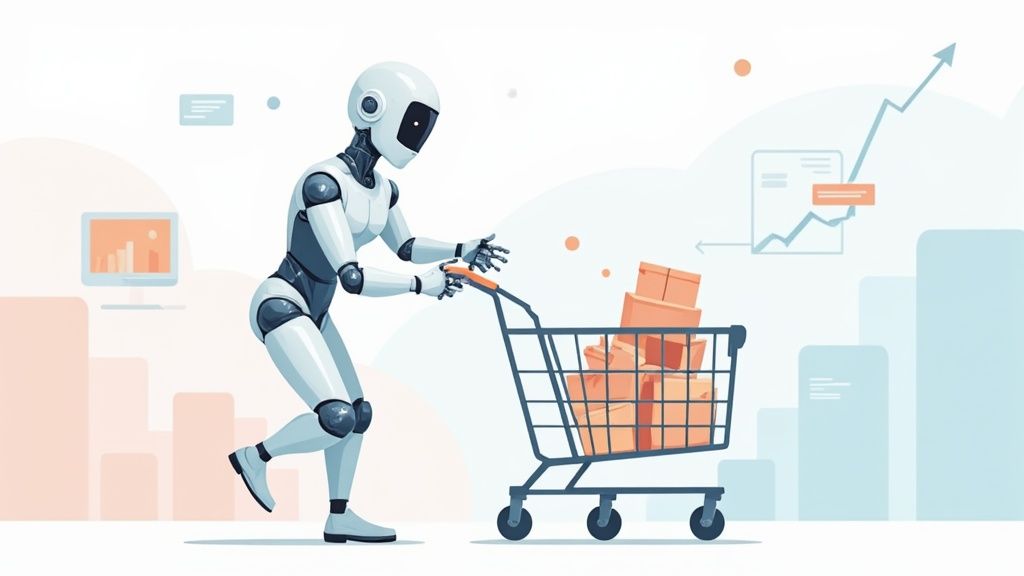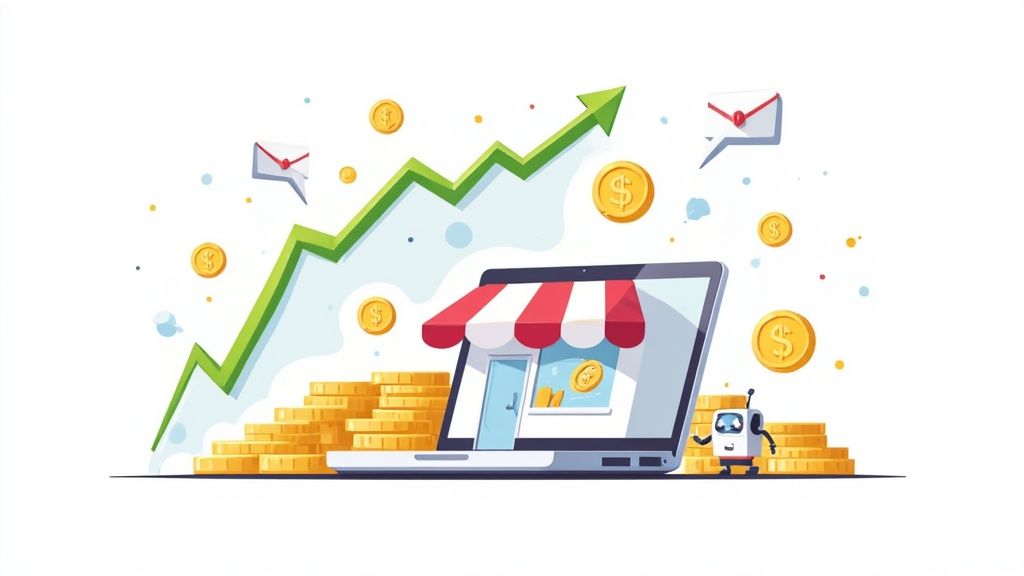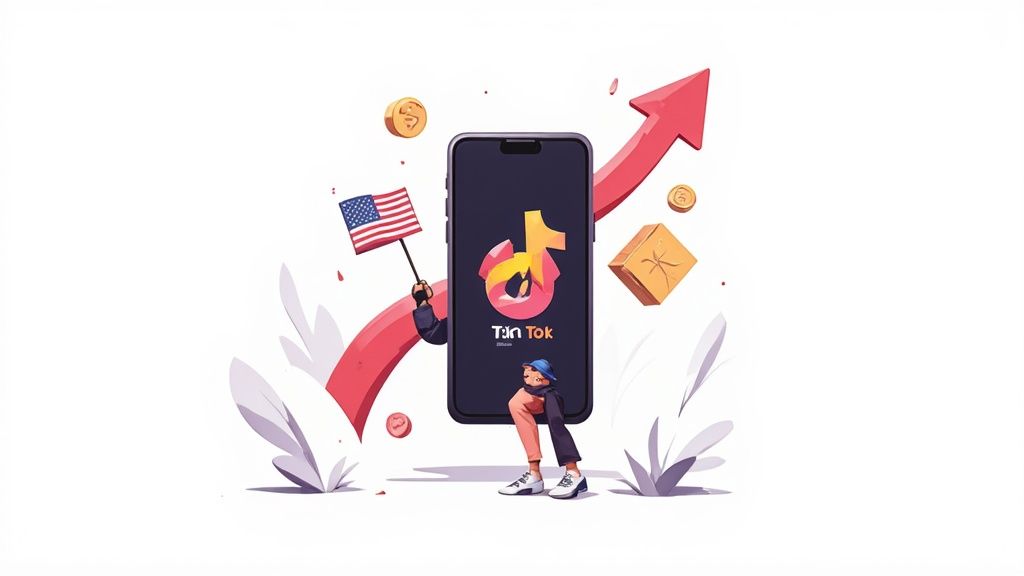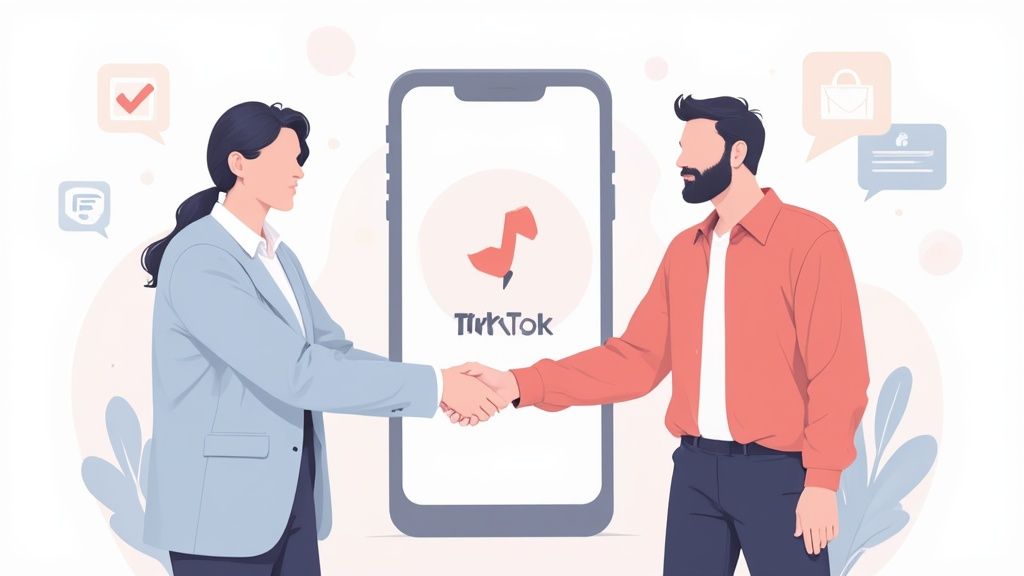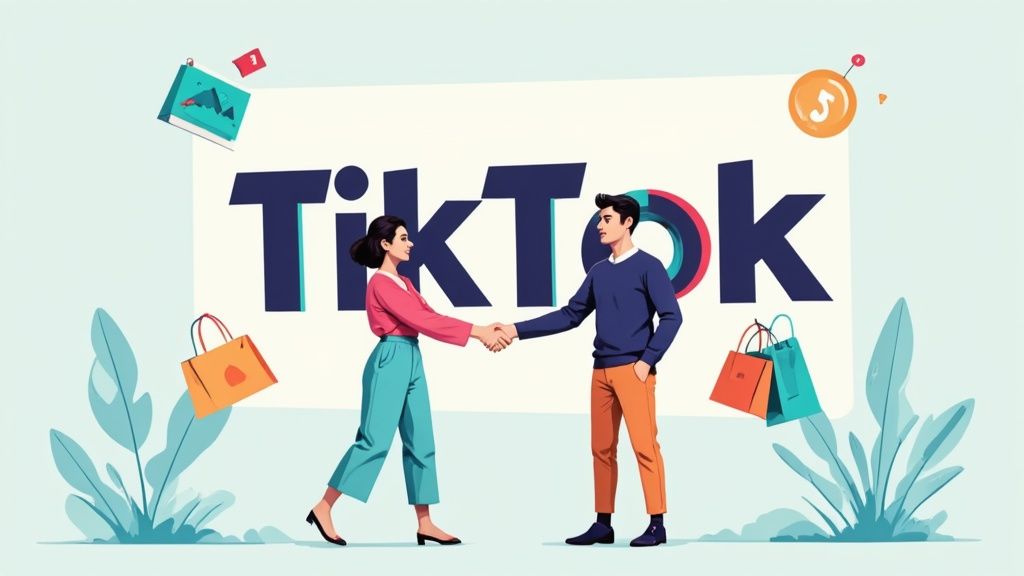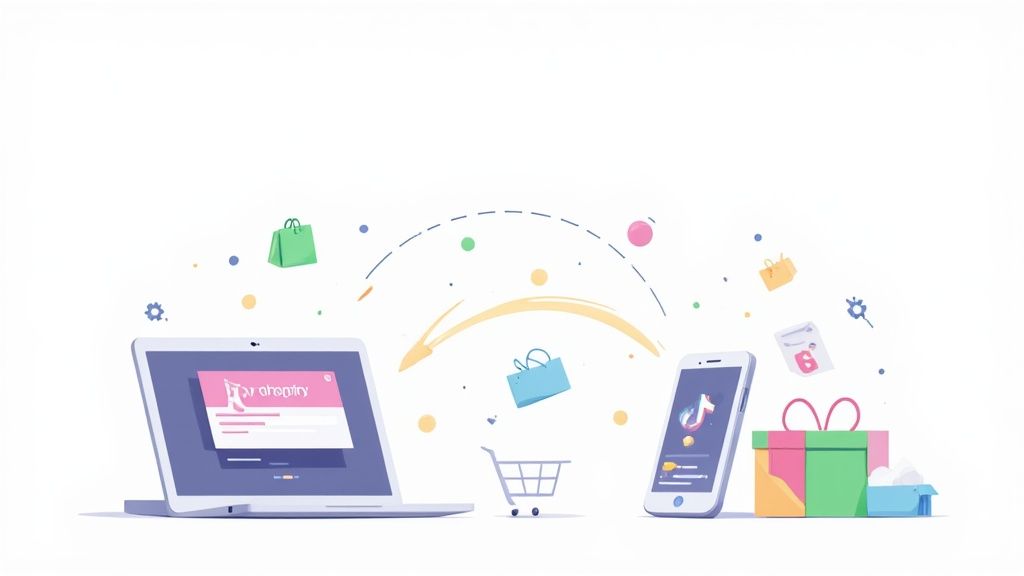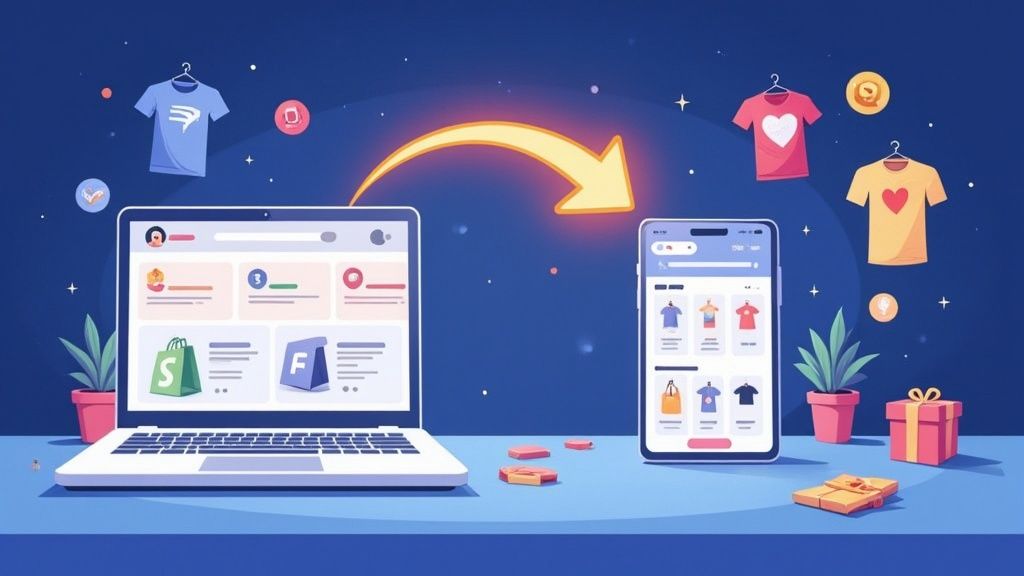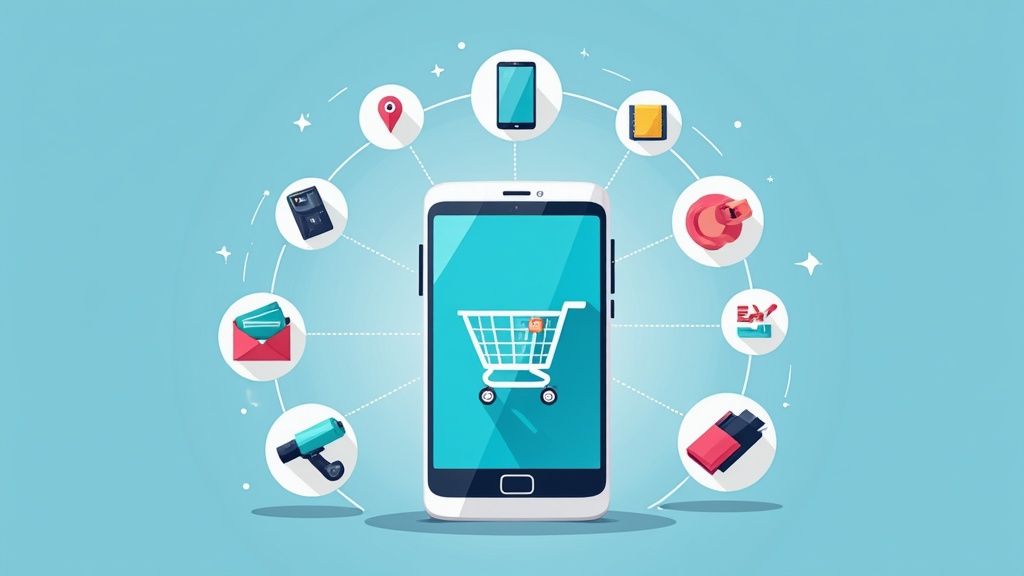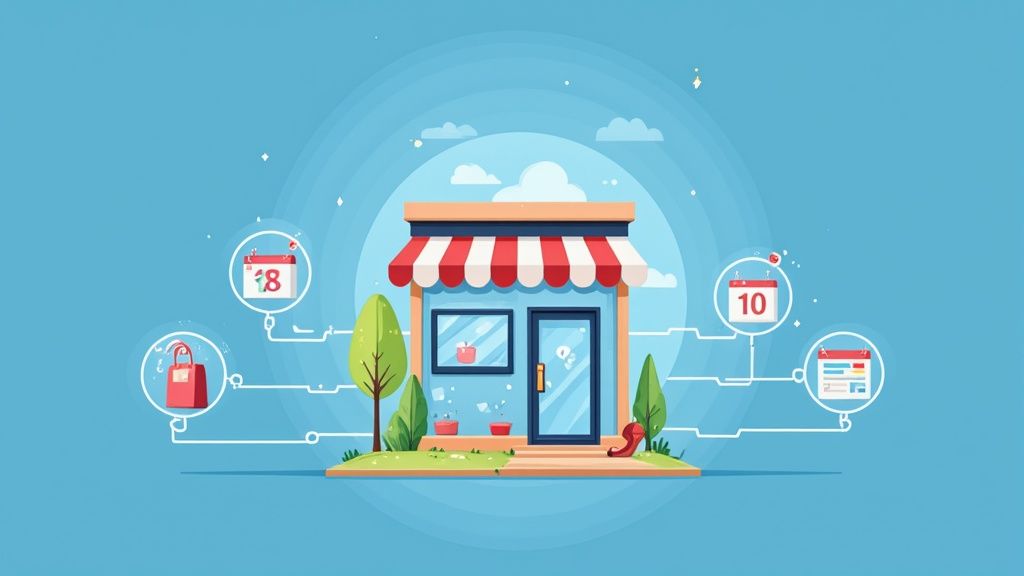
The eCommerce sector has experienced tremendous growth in recent years and shows no signs of slowing down. Statistics indicate that the business is expected to rise by 84 percent in four years, reaching $111 billion by 2024, as a result of the covid-19 pandemic in India.
With so much talk about eCommerce, both offline and online merchants are being urged to raise their online game to better serve customers and fulfill their evolving expectations. eCommerce is now much more focused on the shopping experience you provide in the store than it was in the past, when it was just about setting up an online store with the bare minimum of features.
Retailers must acclimate to and incorporate the most recent eCommerce trends in this dynamic eCommerce industry.
Let’s take a look at the top trends shaping the eCommerce industry in 2022.
D2C branding is important
According to the Future of Commerce report by Shopify, most marketers undervalue the significance of branding. About 70% of marketers were found to be reducing their spending and forgoing branding development to enhance funding for performance-based advertising.
Even though conversion rates are critical, it's also vital to remember that most customers already have a brand in mind before they're prepared to buy. In fact, before making a purchase decision, around 80% of consumers do extensive web research, and the only thing that stands out is a great brand.
Focusing on D2C mobile commerce
Due to the introduction of new phone technologies, such as 5G, many eCommerce companies are moving towards mobile-first strategies. This trend is essential to watch because people are now more fascinated than ever with their phones, using them on average once every 10 minutes throughout the day.
Mobile commerce offers a ton of chances to develop your business, from reaching and drawing more customers to promoting repeat business via push alerts and SMS marketing.
D2C Social commerce
It should come as no surprise that social commerce is on the increase given that 91 percent of social media users access social networks via their mobile devices.
Social commerce is the act of directly purchasing and selling goods or services online. In other words, a social media platform is used for the complete purchasing process, including finding products and making purchases. In addition to enabling customer interaction with companies, it also makes their trip less difficult for them and increases revenues for the eCommerce company.
D2C Livestream shopping
Have you ever seen someone selling goods while viewers watch and concurrently place orders on Facebook or Instagram? Livestream shopping is exactly what it sounds like.
Another big eCommerce trend is Livestream commerce, in which influencers or brands stream live content on various social media platforms (such as Facebook, Instagram, Tik Tok, or YouTube), showing various products to the viewers and providing a link in the description.
Conversational commerce
Imagine going to a physical store to buy lipstick. A salesperson helps you every step of the way, from guiding you through the selection process to completing the transaction.
The same applies to conversational commerce. However, you communicate with the brand using a chat app, chatbot, voice assistant, or messaging platform rather than a salesman. Conversational commerce, to put it simply, is the purchasing and selling of goods via messaging and chat apps like Facebook Messenger, WhatsApp, Talk, and WeChat.
Sustainability for D2C
As customers are becoming increasingly aware of climate change and other environmental issues, eCommerce brands must offer more than a good shopping experience. Research shows that 45% of customers look for eco-friendly or sustainable brands. Further, 71% of US adults between 18 and 55 years care a lot about product sustainability.
Achieving eCommerce sustainability is about building a brand that adopts environmentally-friendly practices at every stage of its product life cycle — from green packing to eco-friendly shipping. 72% of global consumers want brands to use sustainable packaging.
D2C BNPL
The Buy Now, Pay Later business concept is not brand-new. However, it has gained popularity during the pandemic, especially among youthful audiences, as brands want to stimulate spending and customers look for methods to offset expenditures.
The buy-now-pay-later (BNPL) market in India is expanding and is expected to grow by more than ten times in the next four years. According to research, the market would grow rapidly to $45–50 billion by 2026, with growth in BNPL users to 80–100 million users by that time.
A conclusion
Ecommerce is an ever-evolving business model that strives hard to meet rising customer expectations. Keeping an eye on the latest trends and integrating those that work best for your brand is crucial to staying ahead of the competition.
That’s where it becomes important to have an eCommerce platform like Shopify that helps you keep up with the changing trends or even anticipate them so you can put your best foot forward at all times.






